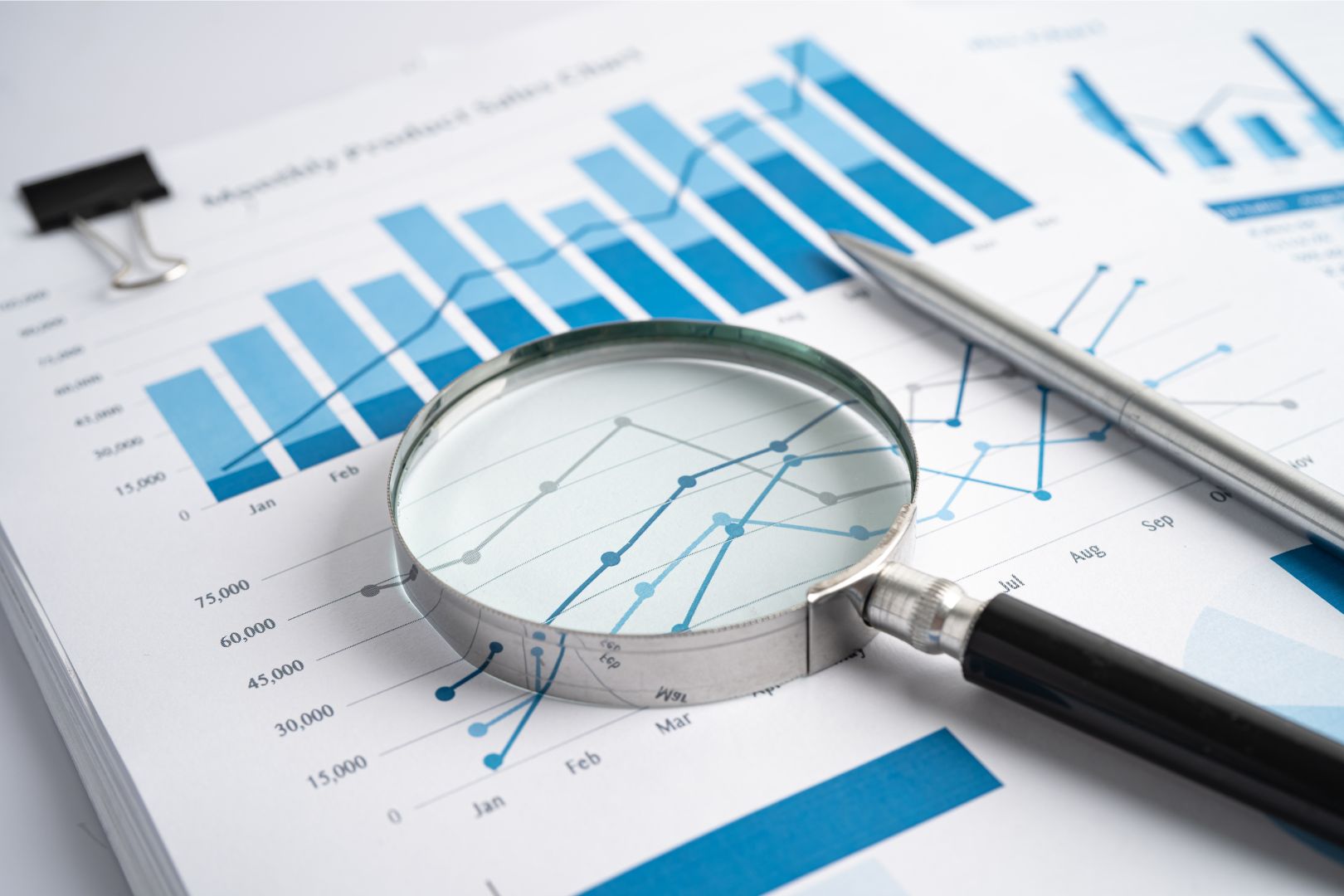In Horizon Europe, an accurate measurement of the impact of the communication and dissemination actions of your EU-funded project has become crucial.
Whether it’s sharing research findings, engaging with the public, or promoting project outcomes, communication plays a vital role in an EU project. However, it’s not enough to just communicate; it’s equally important to measure the impact of these communication efforts.
In this blog post, we’ll explore effective strategies for evaluating the impact of communication activities in EU projects.

Why Measure Impact in Communication?
First and foremost, because it is a key requirement of the EU Commission. An EU project will need to report its impact in the Fundings and Tenders Portal and present its progress in the different review meetings that the project will have with the EU Commission through the life of the project.
That said, before delving into the strategies for measuring impact, let’s first understand why it’s essential. Measuring the impact of communication activities helps project coordinators and stakeholders understand what’s working well and what needs improvement. It provides valuable insights into the effectiveness of communication strategies, allowing for informed decision-making and optimization of future communication efforts.

Key Metrics for Impact Measurement in Communication
Here, some examples of common metrics used to measure impact on communications.
- Audience Reach: this metric assesses the number of people who have been exposed to the project’s communication efforts. It includes metrics such as website traffic, social media reach, and the number of media mentions.
- Engagement Metrics: engagement metrics measure how actively the audience is interacting with the project’s communication channels. This includes metrics such as likes, shares, comments, and time spent on website pages.
- Media Coverage: monitoring media coverage helps evaluate the project’s visibility in traditional and online media outlets. Metrics such as the number of press releases, articles, and mentions in the media are essential for assessing media outreach.
- Conversion Rates: conversion rates measure the percentage of people who take a desired action after engaging with the project’s communication materials. This could include signing up for a newsletter, downloading a research paper, or attending an event.
“Note: the impact of communication & dissemination actions are usually covered in the project communication & dissemination plan.”
Tools for Impact Measurement
And how can someone keep track of all this? There are different tools at your disposal:
- Google Analytics: a powerful tool for tracking website traffic, user behavior, and conversions. It provides detailed insights into the performance of the project’s website, including audience demographics, traffic sources, and user engagement.
- Social Media Analytics: platforms like Facebook Insights, Twitter Analytics, and LinkedIn Analytics offer valuable data on audience demographics, engagement metrics, and content performance. There are platforms that can aggregate all this data, like SEMRUSH.
- Media Monitoring Tools: paid tools like Meltwater, Cision, or free tools like Google Alerts help monitor media coverage, track mentions, and analyze sentiment surrounding the project.
- Surveys and Feedback Forms: Collecting feedback directly from the audience through surveys, feedback forms, and interviews provides qualitative insights into the effectiveness of communication efforts.
If all these impact tracking tools sound a bit daunting to you, you can rely on specialised partners in communication and dissemination to take care of all this. Innovarum has been working on the communication of EU projects since 2016 and counts with a communication department ready to support you here, or with any other communication activity.
To Sum Up
Measuring the impact of communication activities is a compulsory requirement of EU project management in Horizon Europe, and essential for evaluating the effectiveness of EU-funded projects. By using the right metrics and tools, it is possible to gain insights into audience reach, engagement, and media coverage. These insights enable informed decision-making, helping to optimize communication strategies and maximize the impact of EU projects.
More posts
#WeMakeInnovationHappen
Do you have an idea for a project, are you looking for a partner for communication or the development of innovative business models, or do you have other innovative initiatives in mind?






